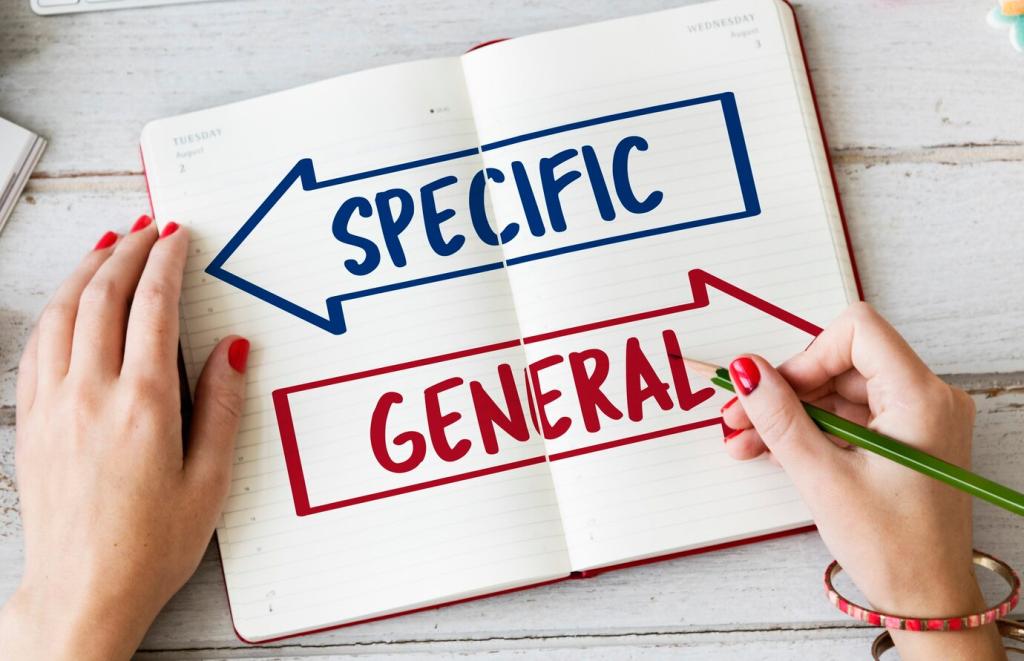
Chosen Theme: Handling Difficult Questions with Ease
Welcome! Today we explore how to handle difficult questions with ease—without dodging, defensiveness, or panic. Expect practical tools, human stories, and repeatable structures that help you stay calm, sound clear, and turn tense moments into trust. Share your toughest question at the end and subscribe for weekly practice prompts.
Compose Yourself Before You Answer
Take one slow breath through the nose, pause, and exhale. Then claim a thoughtful beat with a phrase like, “Let me consider that for a moment.” That micro-pause calms your voice, steadies your pace, and signals respect—transforming a reactive moment into a responsive one.
Compose Yourself Before You Answer
Treat the asker as a partner, not an adversary. Assume positive intent—curiosity over combat. Remind yourself: “This question is a chance to clarify, not to defend.” That mental reframing prevents spirals of defensiveness and keeps your attention on solving, not sparring.
Compose Yourself Before You Answer
Uncrossed arms, relaxed shoulders, and steady eye contact go a long way. Keep your pace slightly slower than usual, with open palms and a grounded stance. Your nonverbals reassure listeners before your words do, making even tough answers feel more considered and trustworthy.
Clarify, Narrow, and Confirm
Reflect back what you heard: “So you’re asking whether the new timeline risks quality; did I get that right?” Paraphrasing slows the exchange, builds rapport, and lets the asker correct you before you expend energy answering the wrong thing.
Clarify, Narrow, and Confirm
Narrow the scope with a single follow-up: “Which part worries you most—budget, timeline, or impact?” or “What decision will my answer help you make?” One precise question reduces ambiguity, guiding both of you toward a clear, decision-ready answer.
Clarify, Narrow, and Confirm
If a question has layers, say so explicitly: “I hear three pieces; I’ll take them one by one.” Then label each part and answer sequentially. This structure keeps listeners oriented and prevents you from getting lost in the noise of overlapping concerns.
Structure Answers That Stick
PREP: Point, Reason, Example, Point. Lead with your answer, give a concise rationale, illustrate with a concrete example, and restate the takeaway. This compact arc keeps you concise while still persuasive—ideal when clarity and brevity matter most.
If a question is narrow or loaded, acknowledge it, answer the essential part, then bridge to the information that truly helps. Use phrases like, “The key issue is…,” or “What will most help your decision is…,” to add context without evasion.
End with a crisp takeaway, next step, or commitment: “Bottom line: we’ll protect quality by phasing the rollout.” Closures anchor memory and reduce follow-up confusion. Try your own and share it in the comments so others can learn from your phrasing.

Name the emotion, not the person
Acknowledge feelings without assigning blame: “I hear a lot of frustration about delays.” Naming the emotion validates the experience and softens defensiveness. People relax when they feel seen, making space for a more productive exchange and a cleaner answer.
Set boundaries and reframe intent
If a question is accusatory or speculative, set a clear boundary: “I won’t speculate on motives, but I can speak to our process and safeguards.” Reframing keeps you in the lane of facts and commitments rather than personal judgments or unhelpful hypotheticals.
Turn critics into collaborators
At a tense town hall, a manager facing a hostile query asked, “What outcome would feel fair to you?” The room shifted from blame to problem-solving. Invite involvement: co-create criteria, define success, and let skeptics help test your plan’s strongest assumptions.
When You Don’t Know (Yet)
Use the three-part formula: what you know, what you don’t, and what you’ll do next. “Here’s what we’ve confirmed; I don’t have the supplier lead time yet. I’ll check with operations and update you by Thursday.” Specific next steps sustain confidence.
When You Don’t Know (Yet)
Agree on the channel and deadline right away, then summarize in writing. Keep a simple tracker for open questions and close the loop consistently. Reliability turns uncertainty into trust, and your reputation improves every time you deliver precisely as promised.






Write five tough questions. Give yourself five seconds to outline each, then deliver five concise answers using PREP. Record once a week. You will hear less filler, clearer structure, and a calmer pace within a month of consistent practice.

Keep a living document of go-to phrases, examples, data points, and closing lines. After real conversations, capture what worked and what stumbled. Patterns will emerge, and your answers will start sounding both natural and reliably strong under pressure.

Post your hardest recent question in the comments, and respond to someone else’s with a supportive, structured answer. Subscribe for weekly prompts and live mini-drills. Practicing together makes the tough stuff feel lighter—and a lot more fun.
